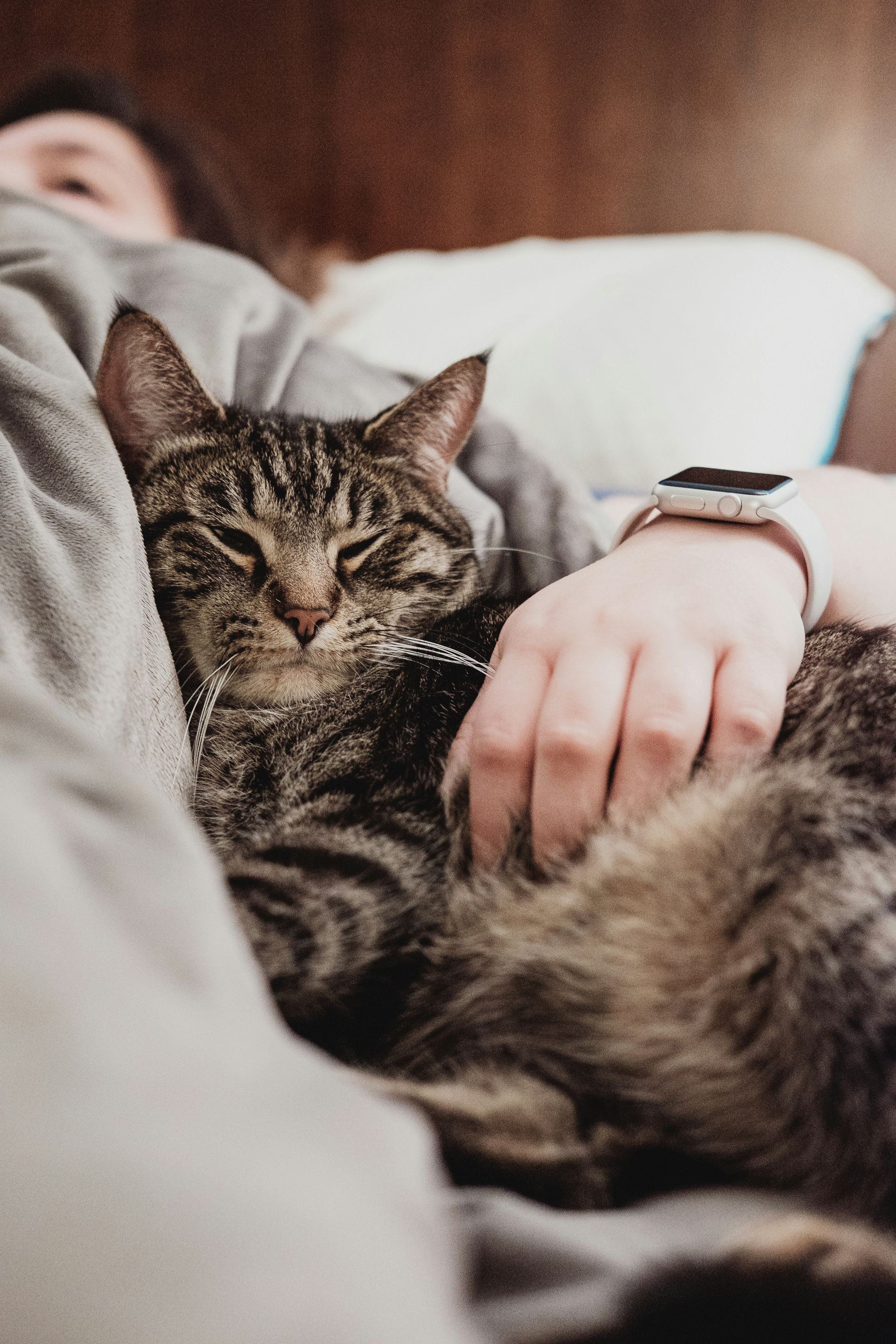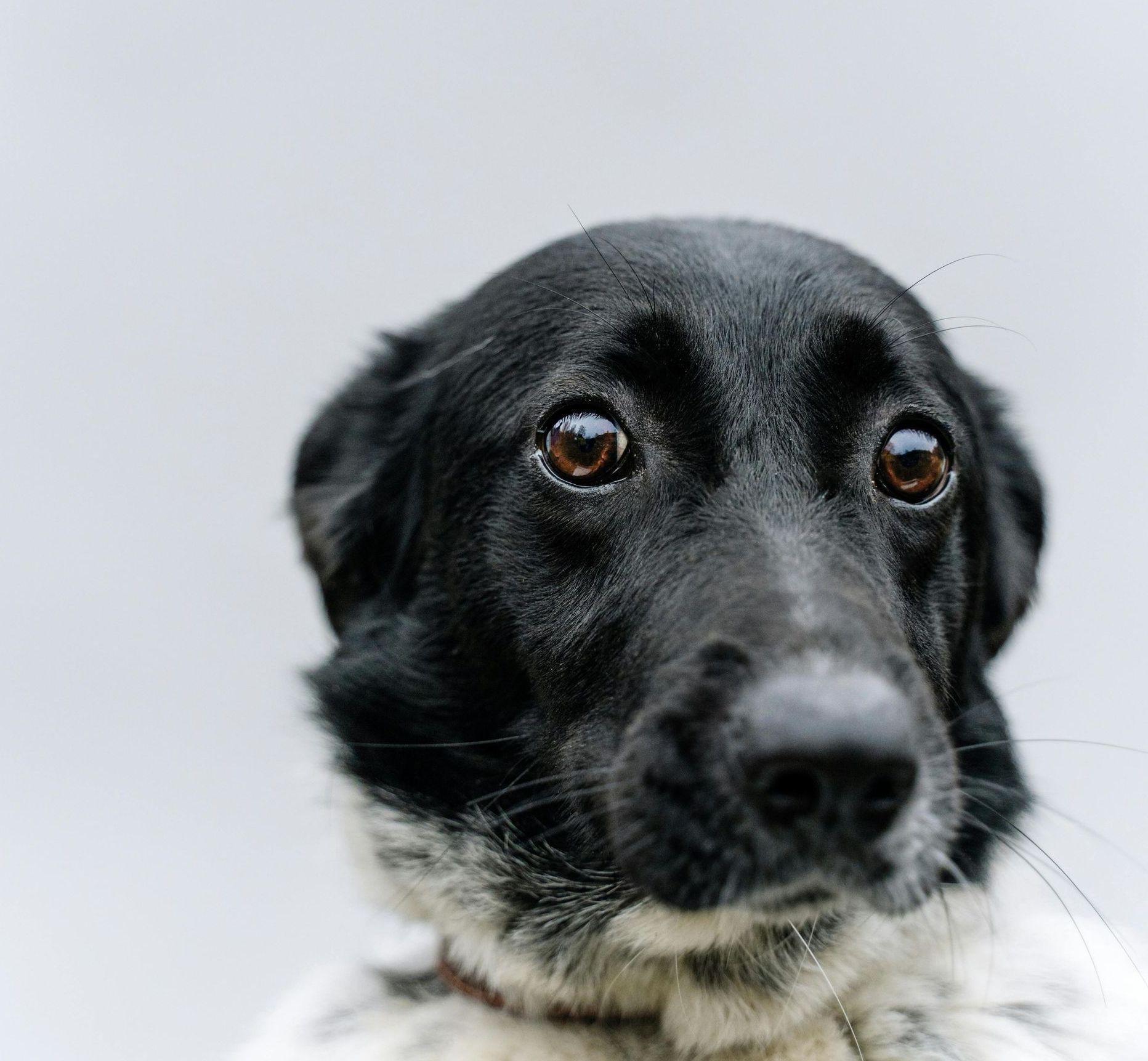Understanding Feline Leukemia: What Every Cat Owner Should Know
Feline leukemia virus (FeLV) is a serious and potentially life-threatening condition affecting cats. It’s important for cat owners to understand this disease, its impact, and how to protect their pets. Here’s a straightforward guide to help you understand feline leukemia.
What is Feline Leukemia?
Feline leukemia virus (FeLV) is a viral infection that affects a cat's immune system. It’s one of the most common infectious diseases in cats and can lead to severe health problems, including cancer, anemia, and immune suppression.
How is FeLV Spread?
FeLV is transmitted through close contact between cats. Common ways the virus spreads include:
- Saliva: Sharing food or water bowls, mutual grooming, or bite wounds.
- Nasal Secretions: Sneezing or direct nose-to-nose contact.
- Urine and Feces: Litter boxes can also be a source of infection.
- Mother to Kitten: Infected mother cats can pass the virus to their kittens during pregnancy or through nursing.
Symptoms of FeLV
The symptoms of FeLV can vary widely and might not appear until months or years after the initial infection. Common symptoms include:
- Loss of appetite and weight loss
- Persistent fever
- Pale or inflamed gums
- Enlarged lymph nodes
- Respiratory infections
- Diarrhea and vomiting
- Poor coat condition
Diagnosis
FeLV is diagnosed through blood tests. The most common tests are the ELISA (enzyme-linked immunosorbent assay) and the IFA (immunofluorescence assay). These tests detect the presence of the virus in the blood and help determine if a cat is infected.
Treatment and Management
Currently, there is no cure for FeLV. Treatment focuses on managing symptoms and preventing secondary infections. Options include:
- Regular Veterinary Care: Regular check-ups to monitor health and catch infections early.
- Good Nutrition: High-quality diet to maintain overall health.
- Indoor Living: Keeping infected cats indoors to reduce exposure to other infectious agents and prevent spreading the virus to other cats.
Prevention
Preventing FeLV is crucial, especially for multi-cat households or outdoor cats. Key preventive measures include:
- Vaccination: FeLV vaccines are available and can provide protection, although no vaccine is 100% effective. Discuss vaccination options with your vet.
- Testing: Regular testing of cats, especially new additions to the household, to identify and isolate infected individuals.
- Limiting Exposure: Keep your cat indoors or supervise outdoor time to minimize contact with potentially infected cats.
Conclusion
Feline leukemia is a serious condition, but with proper understanding and preventive measures, you can protect your cat from this virus. Regular veterinary care, good nutrition, and keeping your cat’s environment safe are essential steps to ensure their health and well-being. If you suspect your cat might be at risk or showing symptoms of FeLV, consult your veterinarian promptly for testing and guidance.
Sources:
www.americanhumane.org/fact-sheet/feline-leukemia-felv/
www.webmd.com/pets/cats/facts-about-feline-leukemia-virus












